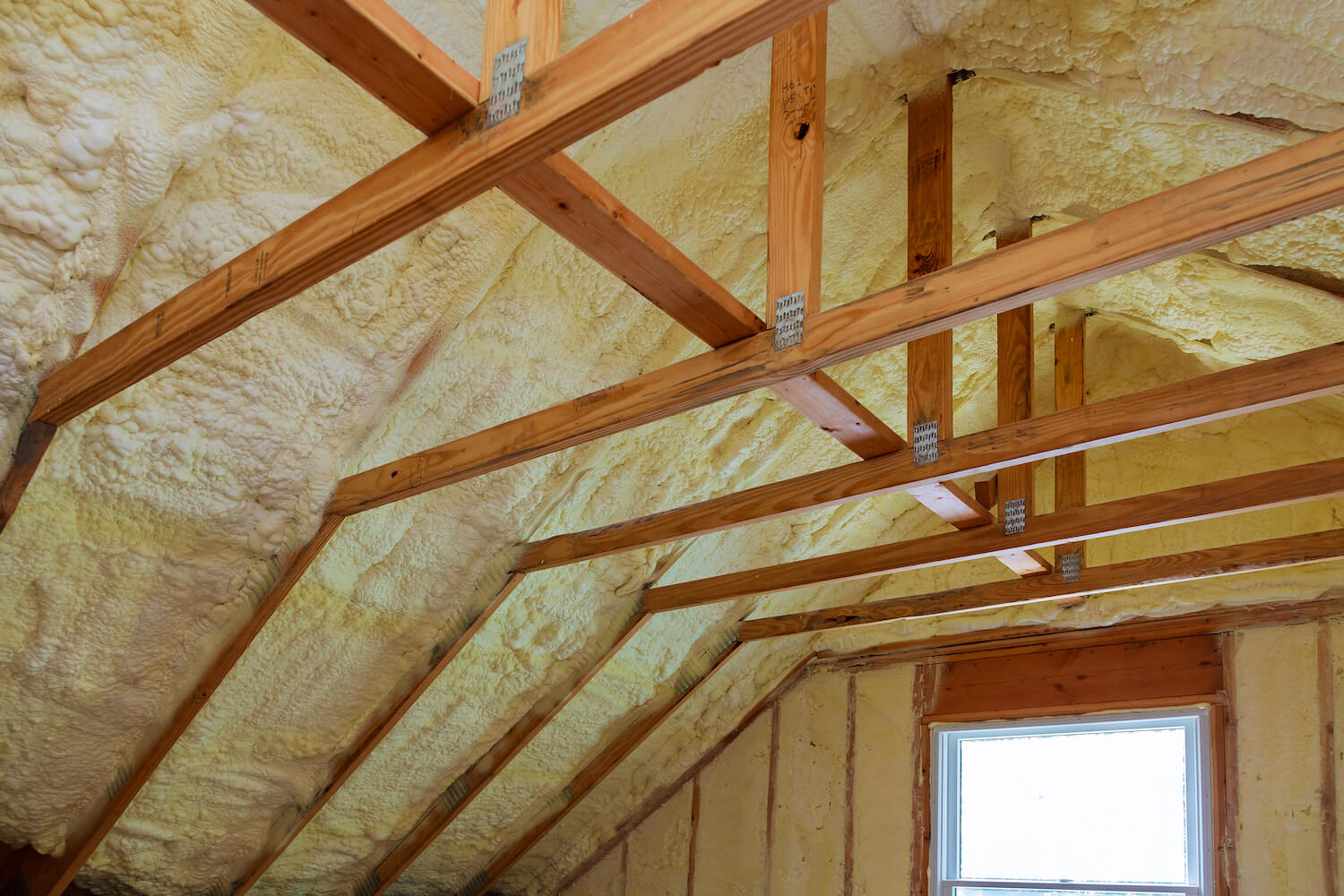

Articles
How Important Is Attic Insulation
Modified: January 4, 2024
Learn why attic insulation is pivotal for energy efficiency and comfort in your home. Explore informative articles on the importance of attic insulation.
(Many of the links in this article redirect to a specific reviewed product. Your purchase of these products through affiliate links helps to generate commission for Storables.com, at no extra cost. Learn more)
Introduction
Attic insulation plays a crucial role in maintaining a comfortable and energy-efficient home. As the saying goes, ‘out of sight, out of mind,’ many homeowners tend to overlook the importance of insulating their attics. However, improper or inadequate insulation can lead to a host of issues, from higher energy bills to reduced comfort and even potential damage to your home.
The primary purpose of attic insulation is to create a barrier that prevents the transfer of heat between the attic and the living spaces below. By effectively insulating your attic, you can keep the heat inside during the colder months and prevent it from infiltrating your living spaces during the hot summer months. This insulation barrier helps to maintain a consistent indoor temperature, ultimately reducing the strain on your HVAC system and resulting in energy savings.
Aside from energy efficiency, there are several other benefits to installing quality attic insulation. Let’s explore some of them further below.
Key Takeaways:
- Attic insulation is crucial for energy efficiency, comfort, and cost savings. Choosing the right insulation material and considering R-values are essential for optimal performance and long-term benefits.
- Hiring a professional insulation contractor ensures efficient, quality installation, cost savings, and peace of mind. DIY is an option, but professional expertise and guarantees provide long-term value.
Read more: Why Insulation Is Important
Benefits of Attic Insulation
Proper attic insulation provides numerous advantages for homeowners. Here are some key benefits:
- Energy Efficiency: One of the primary benefits of attic insulation is improved energy efficiency. By insulating your attic, you create a barrier that prevents the transfer of heat between your living spaces and the attic. This means that your HVAC system doesn’t have to work as hard to maintain a comfortable temperature, resulting in energy savings and lower utility bills.
- Lower Utility Bills: As mentioned, insulation helps to reduce the amount of energy needed to heat or cool your home. By preventing heat loss in the winter and heat gain in the summer, you can significantly reduce your heating and cooling costs. This can result in substantial savings on your monthly utility bills, providing a significant return on investment over time.
- Improved Comfort: Attic insulation helps to maintain a more consistent indoor temperature, enhancing the overall comfort of your home. It prevents drafts and hot or cold spots, ensuring that every room in your house remains comfortable year-round. You won’t have to constantly adjust your thermostat in an attempt to find the perfect temperature, saving you from discomfort and creating a more enjoyable living environment.
- Protection Against Moisture: Proper insulation also acts as a moisture barrier, helping to protect your home from potential damage caused by condensation and moisture buildup. Moisture can lead to mold and mildew growth, which can be harmful to your health and cause structural issues. Insulation helps to reduce the risk of these problems by creating a barrier that prevents moisture infiltration and condensation.
- Reduced Environmental Impact: By improving your home’s energy efficiency through attic insulation, you are also contributing to a more sustainable and eco-friendly lifestyle. When you use less energy to heat and cool your home, you reduce your carbon footprint and lessen the strain on natural resources. This small step can have a positive impact on the environment for both current and future generations.
The benefits of attic insulation are significant and can have a lasting impact on your home comfort, energy savings, and environmental footprint. Now that you understand the advantages, it’s important to be aware of signs that indicate poor attic insulation. Let’s explore some of these signs in the next section.
Energy Efficiency
When it comes to home energy efficiency, the attic plays a crucial role. A well-insulated attic helps to create a thermal barrier that prevents the transfer of heat between the attic and the living spaces below. This means that during the hot summer months, insulation keeps the heat from infiltrating your home, while in the winter, it prevents heat loss.
By effectively insulating your attic, you can significantly reduce the energy needed to heat and cool your home. This leads to lower energy consumption, which not only translates into cost savings for you but also helps to reduce greenhouse gas emissions and lessen your environmental impact.
When your attic is not properly insulated, the heated or cooled air generated by your HVAC system can escape through the attic. This results in increased energy usage as your HVAC system struggles to maintain a comfortable indoor temperature. By insulating your attic, you create a barrier that helps maintain the conditioned air within your living spaces, reducing the workload on your HVAC system and optimizing its efficiency.
Additionally, an insulated attic helps to reduce the onset of temperature extremes. In the summer, when your attic is not properly insulated, the heat from the roof can penetrate your home, making it difficult to maintain a comfortable temperature. This can result in increased reliance on air conditioning and higher energy bills.
During the winter, inadequate attic insulation can lead to the escape of heated indoor air, causing cold spots and drafts throughout your home. This not only affects the comfort levels but also forces your heating system to work harder and consume more energy to compensate for the loss of heat.
By insulating your attic, you create a thermal barrier that minimizes heat transfer, keeping your home comfortable and energy-efficient year-round. This not only helps to reduce your carbon footprint but can also result in substantial savings on your energy bills.
It’s important to note that the effectiveness of attic insulation depends on the insulation material used, its thickness, and the overall insulation installation. Consulting a professional insulation contractor can ensure that your attic is properly insulated and optimized for energy efficiency.
By investing in proper attic insulation, you can enjoy a more comfortable home while also contributing to a greener and more sustainable future.
Lower Utility Bills
One of the significant benefits of having proper attic insulation is the positive impact it has on your utility bills. When your attic is properly insulated, it creates a barrier that helps to prevent the transfer of heat between your living spaces and the attic. This means that your heating and cooling systems don’t have to work as hard to maintain a comfortable indoor temperature, resulting in lower energy consumption and reduced utility bills.
During the colder months, when your attic lacks insulation, heat can easily escape through the roof. This means that your heating system needs to work overtime to compensate for the heat loss, leading to increased energy usage and higher utility bills. However, with sufficient attic insulation, the heat produced by your heating system is retained within your living spaces, allowing you to maintain a comfortable temperature without excessive energy usage.
In the summer, a poorly insulated attic can allow heat to penetrate into your home, making it challenging to keep your living spaces cool. As a result, your air conditioning system works harder to combat the heat gain, increasing your energy consumption and leading to higher utility costs. However, with the right attic insulation, you can prevent the heat from infiltrating your home and reduce your reliance on air conditioning, resulting in significant energy savings.
The amount of energy and money saved by having proper attic insulation can vary depending on factors such as the current insulation level, the type of insulation used, and local climate conditions. However, numerous studies have shown that homeowners who invest in quality insulation can save anywhere from 10% to 50% on their heating and cooling costs.
It’s important to note that the effectiveness of attic insulation in lowering utility bills also depends on other factors such as the overall energy efficiency of your home, the condition of your HVAC system, and any air leaks or drafts that need to be addressed. A comprehensive energy audit, conducted by professionals, can help identify areas for improvement and ensure that your attic insulation is optimized for maximum energy savings.
By reducing your energy consumption and lowering your utility bills, proper attic insulation not only benefits your finances but also contributes to a more sustainable lifestyle. You can enjoy a comfortable home while minimizing your environmental impact.
Improved Comfort
Attic insulation plays a significant role in enhancing the comfort levels within your home. By properly insulating your attic, you can create a more consistent indoor temperature, eliminating uncomfortable hot or cold spots and ensuring a more comfortable living environment throughout the year.
During the winter months, when your attic is poorly insulated, heat can easily escape through the roof. This leads to the formation of cold spots in your home, especially on the upper floors. As a result, you may find yourself constantly adjusting the thermostat or piling on extra layers of clothing to stay warm. However, with proper attic insulation, the heat generated by your heating system is retained within your living spaces, eliminating those chilly areas and providing a more even distribution of warmth.
In the summer, an inadequately insulated attic can allow the heat from the sun’s rays to penetrate into your home, making it difficult to maintain a cool and comfortable temperature. This can cause certain rooms or areas to become unbearably hot, forcing you to rely heavily on air conditioning. However, with effective attic insulation, you can prevent the heat from infiltrating your home, resulting in a more balanced and comfortable indoor temperature.
Attic insulation also helps to minimize drafts and air leaks within your home. When your attic lacks insulation, outside air can easily seep into your living spaces, creating drafts and causing fluctuations in temperature. This not only affects the comfort levels but also leads to increased energy usage as your HVAC system works harder to compensate for the thermal imbalance. By insulating your attic, you can reduce drafts and maintain a more stable indoor environment, ensuring greater comfort for you and your family.
In addition to temperature regulation, proper attic insulation can also help to reduce noise transmission. Insulation materials like fibreglass or cellulose have sound-absorbing properties, effectively minimizing outside noise from entering your home. This can be especially beneficial if you live in a noisy neighborhood or near a busy street, allowing you to enjoy a quieter and more peaceful living environment.
By improving comfort levels and maintaining a more consistent indoor temperature, proper attic insulation enhances the overall livability of your home. You’ll no longer have to endure uncomfortable hot or cold spots or constantly adjust the thermostat, as your living spaces will be more comfortable year-round.
Read more: How To Insulate Attic Stairs
Protection Against Moisture
Proper attic insulation not only helps to regulate temperature and improve energy efficiency but also provides protection against moisture-related issues. Moisture infiltration can cause significant damage to your home, leading to mold growth, structural issues, and potential health hazards. Therefore, it’s important to ensure that your attic is adequately insulated to prevent moisture-related problems.
Moisture can enter your attic through various sources, such as roof leaks, condensation, and airborne humidity. When your attic lacks insulation or has inadequate insulation, moisture can accumulate, leading to the growth of mold and mildew. These fungal organisms thrive in damp environments and can cause not only aesthetic issues but also respiratory problems for you and your family.
Attic insulation acts as a moisture barrier, preventing the infiltration of moisture into your home. It helps to keep the temperature inside your attic at a more consistent level, reducing the risk of condensation forming on surfaces. Condensation occurs when warm, moist air comes into contact with cold surfaces, such as the roof or walls of your attic. By insulating the attic, you create a barrier that prevents warm air from reaching these cold surfaces, minimizing the chances of condensation forming.
In addition to preventing condensation, proper attic insulation also helps to wick away any moisture that may seep into your attic through roof leaks or other sources. Insulation materials such as fiberglass or cellulose have the ability to absorb and hold small amounts of moisture, preventing it from spreading and causing damage to your home’s structure.
Moreover, attic insulation helps to maintain a more stable humidity level within your home. Excess humidity can lead to a range of issues, including the growth of mold and mildew, damage to wooden structures, and potential health risks. By preventing moisture infiltration, attic insulation can help to control indoor humidity levels, creating a healthier living environment.
It’s important to note that while attic insulation provides protection against moisture, it’s crucial to address any underlying roof leaks or other sources of water infiltration. Insulation alone cannot solve these issues, and it’s important to identify and rectify the root cause of moisture problems to ensure long-term protection for your home.
By installing proper attic insulation, you can create a barrier against moisture infiltration, protecting your home from potential damage and maintaining a healthy indoor environment for you and your family.
Reduced Environmental Impact
In addition to the numerous benefits for homeowners, proper attic insulation also has a positive impact on the environment. By improving energy efficiency and reducing the consumption of fossil fuels, insulation helps to lower greenhouse gas emissions, mitigate climate change, and contribute to a more sustainable future.
When your attic is properly insulated, it creates a thermal barrier that significantly reduces heat transfer between the attic and the living spaces below. This means that your HVAC system doesn’t have to work as hard to maintain a comfortable indoor temperature, resulting in reduced energy consumption. As a result, less electricity or gas is required to heat or cool your home, leading to a decrease in the burning of fossil fuels and a subsequent reduction in carbon dioxide (CO2) emissions.
Additionally, by insulating your attic, you reduce the demand for electricity during peak energy usage times. During extreme weather conditions, such as hot summer days or cold winter nights, the demand for energy to cool or heat homes increases. This peak energy demand often relies on power plants that burn fossil fuels to meet the increased load. By reducing your energy consumption through attic insulation, you help alleviate this strain on power plants, leading to a decrease in overall emissions.
In the long run, the cumulative effect of energy savings from proper attic insulation can make a significant difference in reducing greenhouse gas emissions and combating climate change. It’s a simple yet effective step towards a more sustainable lifestyle and a greener planet.
Moreover, by reducing your energy consumption and reliance on heating and cooling systems, proper attic insulation also helps to conserve natural resources. The production and extraction of fossil fuels have detrimental effects on the environment, including air and water pollution, habitat destruction, and ecosystem disruption. By minimizing your energy needs with insulation, you contribute to the preservation of these valuable resources and lessen the impact on the environment.
Furthermore, reducing energy consumption through attic insulation also helps to alleviate the strain on the power grid. By decreasing the demand for electricity during peak times, you support a more stable and reliable energy system, reducing the need for additional power plants and infrastructure.
By investing in proper attic insulation, you play a vital role in reducing your carbon footprint and making a positive impact on the environment. Every small step towards energy efficiency and sustainability is a step towards creating a cleaner and healthier planet for future generations.
Signs of Poor Attic Insulation
Identifying signs of poor attic insulation is essential for homeowners. Proper insulation plays a crucial role in maintaining energy efficiency, comfort, and preventing potential issues. Here are some common signs that may indicate your attic insulation needs attention:
- High Energy Bills: One of the most noticeable signs of poor attic insulation is an increase in your energy bills. If your heating and cooling systems seem to be running constantly and your energy costs have significantly risen, it is likely that heat is escaping during the winter and entering during the summer due to insufficient insulation.
- Drafts and Uneven Temperature Distribution: If you notice drafts or inconsistencies in temperature throughout your home, especially near windows, entry points, or ceilings, it may be due to poor attic insulation. Cold drafts in winter and warm spots in summer indicate that your insulation is not effectively preventing heat transfer.
- Ice Dams: In colder climates, ice dams can form on the edges of roofs. These occur when warm air from the attic melts snow on the roof, which then refreezes along the eaves. Ice dams indicate inadequate insulation and ventilation, as warm air should not be escaping from the attic and melting the snow in the first place.
- Mold and Mildew Growth: Moisture issues resulting from inadequate attic insulation can lead to the growth of mold and mildew. If you notice a musty odor or see black or green patches on attic surfaces, it may indicate a moisture problem caused by poor insulation. Mold growth not only poses health risks but also indicates a need for improved insulation to prevent further moisture infiltration.
- Insect and Pest Infestations: Insects and pests can enter your home through small openings and gaps in the attic. If you notice an increase in insect activity, rodent droppings, or signs of pests such as chewed insulation, it may indicate that your attic insulation is not properly sealing off entry points.
- Uneven Roof Snowmelt: During winter, if you notice that some areas of your roof have melted snow while others still have snow on them, it may be a sign of poor attic insulation. Heat escaping from your home can cause the snow to melt unevenly, indicating that heat is escaping through the roof due to insufficient insulation.
- Unusual Odors: Strange odors in your home, such as a foul or stagnant smell, may be a result of poor attic insulation. Inadequate insulation can allow moisture to accumulate, leading to the growth of mold and mildew, which can produce unpleasant odors.
If you observe any of these signs, it’s recommended to consult a professional insulation contractor to evaluate your attic insulation and recommend the appropriate solutions. They can assess the insulation’s condition, identify areas of improvement, and provide guidance on how to enhance your home’s energy efficiency and comfort.
High Energy Bills
If you’ve recently noticed a sharp increase in your monthly energy bills, it may be a sign that your attic insulation is inadequate or in need of improvement. Proper attic insulation is crucial for maintaining energy efficiency and preventing heat loss or gain, so when it’s not functioning optimally, it can result in higher energy consumption and inflated utility costs.
Inadequate insulation in the attic allows heat to escape during the winter months. Heat naturally rises, so without proper insulation, it can quickly dissipate through the roof. As a result, your heating system has to work harder to compensate for the heat loss, leading to increased energy usage and higher heating bills.
On the other hand, during the summer, a poorly insulated attic can allow external heat to enter your home. This forces your air conditioning system to work harder and run for longer periods to maintain a comfortable indoor temperature. As a result, your energy usage increases, resulting in higher cooling bills.
By addressing your attic insulation issues, you can reduce your reliance on heating and cooling systems. Insulation acts as a barrier, preventing heat transfer between your home and the attic. This means that your HVAC systems can operate more efficiently, consuming less energy and resulting in lower monthly utility bills.
It’s important to note that the condition of your attic insulation can deteriorate over time due to factors such as settling, moisture damage, or pests. Additionally, if your home was constructed several decades ago, the insulation may no longer meet current energy efficiency standards. In these cases, it’s advisable to assess and upgrade your attic insulation to maximize its effectiveness.
Consulting a professional insulation contractor is crucial in determining the state of your attic insulation and recommending the most suitable course of action. They can evaluate the insulation’s thickness, identify areas of improvement or repair, and suggest insulation materials with higher R-values to boost energy efficiency.
By investing in proper attic insulation, you can regain control over your energy usage and reduce your monthly energy bills. The initial cost of insulation upgrades will be offset by the long-term savings you’ll enjoy from lower utility costs. Moreover, energy-efficient homes contribute to a more sustainable future by reducing your carbon footprint and overall energy consumption.
Proper attic insulation is important for maintaining a comfortable indoor temperature and reducing energy costs. Insulating your attic can also help prevent ice dams and protect your roof from moisture damage.
Read more: How To Add Insulation In Attic
Drafts and Uneven Temperature Distribution
If you’ve noticed drafts or inconsistencies in temperature throughout your home, particularly near windows, doorways, or ceilings, it may be a sign that your attic insulation is inadequate or poorly installed. Proper attic insulation plays a vital role in maintaining a consistent and comfortable indoor temperature by preventing the transfer of heat between your living spaces and the attic.
Drafts occur when there are areas of your home where outside air is able to seep in and conditioned air is able to escape. A poorly insulated attic can be a significant source of drafts, allowing cold air to enter during winter months and warm air to infiltrate in the summertime. These drafts can create uncomfortable conditions and make it more challenging to maintain a consistent temperature throughout your home.
Uneven temperature distribution is another indication of inadequate attic insulation. Without proper insulation, heat tends to escape through the roof during winter, resulting in cooler areas in your home that are closer to the attic. These areas may feel colder, requiring additional heating or adjustment of the thermostat to compensate for the temperature imbalance.
Conversely, during the summer months, the sun’s heat can penetrate a poorly insulated attic and transfer heat to your living spaces. This can result in certain areas of your home feeling excessively warm while others remain relatively cooler. As a result, you may find yourself constantly adjusting your cooling system or relying heavily on fans to achieve a more comfortable temperature.
In addition to drafts and temperature inconsistencies, improper attic insulation can also contribute to hot or cold spots in specific rooms or areas of your home. You may notice that some rooms feel significantly colder in the winter or hotter in the summer compared to others, even when the thermostat setting is the same. These uneven temperature distributions can lead to discomfort and an overall less enjoyable living environment.
Addressing issues related to drafts and uneven temperature distribution requires improving and optimizing your attic insulation. Insulation materials such as fiberglass batts, cellulose, or spray foam can effectively create a barrier against heat transfer and minimize drafts. Additionally, addressing any air leaks, sealing gaps and cracks, and ensuring proper insulation installation can further enhance the effectiveness of your attic insulation.
Consulting with a professional insulation contractor is highly recommended to assess your attic insulation and identify areas for improvement. They can evaluate the existing insulation, identify any deficiencies, suggest insulation upgrades, and provide expert guidance on achieving a more consistent and comfortable indoor temperature.
By improving your attic insulation, you can eliminate drafts, achieve even temperature distribution, and create a more comfortable living environment in your home year-round.
Ice Dams
Ice dams are a common winter phenomenon that often indicate inadequate attic insulation and ventilation. They occur when snow on the roof melts, flows down toward the eaves, and then refreezes. The result is a build-up of ice along the roof’s edges, which can cause significant damage and pose safety hazards.
Ice dams form when the temperature of the roof’s upper surface is above freezing, causing the snow to melt. The melted snow then reaches the colder eaves, where it refreezes due to the lower temperature. The repeated cycle of melting and refreezing leads to the accumulation of ice, which prevents proper drainage and can force water to back up under the roof’s shingles.
Poor attic insulation and ventilation contribute to the formation of ice dams. When attic insulation is insufficient or improperly installed, heat can escape from the living spaces below and reach the roof. This heat melts the snow on the upper part of the roof surface, while the bottom part, which extends beyond the heated living space, remains cold enough to cause the melted snow to refreeze at the eaves.
Inadequate attic ventilation can exacerbate the problem. When the attic lacks proper ventilation, the trapped heat and moisture have no way to escape, creating conditions conducive to ice dam formation. The trapped heat after melting the snow exacerbates the refreezing at the eaves.
Ice dams can cause a range of problems, including water leaks into your home, damage to the roof structure, and even potential harm to people or property below if chunks of ice detach and fall. The water trapped behind the dam can seep into your home, saturating insulation, damaging ceilings and walls, and promoting the growth of mold and mildew.
Addressing ice dams requires a combination of measures, including improving attic insulation and ventilation. By adding or upgrading attic insulation to meet recommended R-values and ensuring proper installation, you can minimize heat loss from your living spaces to the roof. Insulation works as a thermal barrier, preventing heat from melting the snow on the upper part of the roof surface.
In addition, improving attic ventilation is crucial. Proper ventilation helps to maintain an even temperature in the attic, preventing heat buildup that can contribute to ice dam formation. It allows for the expulsion of warm air and the intake of cooler air, maintaining a balanced and healthier attic environment.
Consulting with an insulation and roofing professional is recommended to assess your attic insulation, ventilation, and design a solution tailored to your home’s specific needs. By addressing insulation and ventilation issues, you can prevent ice dam formation, protect your home from potential damage, and ensure a safer and more comfortable living environment.
Mold and Mildew Growth
Mold and mildew growth in your home can be a sign of poor attic insulation and ventilation. These fungal organisms thrive in damp and humid environments, and inadequate attic insulation can contribute to excessive moisture buildup, leading to the growth of mold and mildew.
When your attic lacks proper insulation, warm and moist air from your living spaces can seep into the attic. As this warm air comes into contact with cooler surfaces, such as the attic roof or walls, it condenses, creating a damp environment that is conducive to mold and mildew growth.
Attic insulation acts as a barrier against moisture infiltration and helps maintain a more consistent temperature within your home. Proper insulation helps to prevent warm, moist air from reaching the attic, reducing the potential for condensation and inhibiting the growth of mold and mildew.
Mold and mildew not only pose aesthetic concerns but can also have serious health implications. Exposure to mold spores can cause allergic reactions, respiratory issues, and other health problems, particularly for individuals with allergies or compromised immune systems.
In addition to health risks, mold and mildew growth can also lead to structural damage in your home. These fungi can break down organic materials such as wood and drywall, compromising the integrity of your home’s structure. Furthermore, mold and mildew can cause stains and discoloration on ceilings, walls, and other surfaces, requiring costly repairs and renovations.
To prevent mold and mildew growth, it’s essential to address any insulation issues in your attic. Improving attic insulation can reduce the amount of warm, moist air that reaches the attic, minimizing the risk of condensation and mold formation.
Proper ventilation is also crucial in keeping moisture levels in check. Attic ventilation helps to expel excess moisture and maintain a drier environment, reducing the likelihood of mold and mildew growth. It allows for the exchange of air, expelling humid air and bringing in fresh, dry air to prevent the buildup of moisture in the attic space.
If you notice signs of mold and mildew in your home, it’s vital to consult a professional to evaluate your attic insulation and ventilation system. They can assess the current state of your insulation, identify any areas for improvement, and help you determine the best course of action to address the mold and mildew issue.
By improving attic insulation and ventilation, you can create a drier and healthier environment, preventing mold and mildew growth and safeguarding both your home and your well-being.
Choosing the Right Attic Insulation
When it comes to choosing the right attic insulation, several factors need to be considered. The insulation material, its R-value, and whether to hire professionals or take a DIY approach are all crucial aspects to deliberate. By making an informed decision, you can ensure that your attic is properly insulated, providing optimal energy efficiency and comfort for your home.
Types of Insulation Materials: There are various types of insulation materials available, each with its own advantages and considerations. Common options include fiberglass batts, cellulose, spray foam, and rigid foam boards. Fiberglass batts are budget-friendly and relatively easy to install, while cellulose is made from recycled materials and offers excellent soundproofing. Spray foam provides superior insulation and seals air leaks effectively, but it requires professional installation. Rigid foam boards are durable and offer high R-values, but they may be more expensive upfront.
Considering R-Value: The R-value measures an insulation material’s thermal resistance, indicating how well it resists heat transfer. The higher the R-value, the better the insulation’s effectiveness. The appropriate R-value for your attic depends on several factors, including your geographical location, climate conditions, and local building codes. It’s essential to consult local energy efficiency guidelines or energy experts to determine the recommended R-value for your specific area.
Hiring a Professional or DIY: Insulating an attic can be a complex task, and it requires knowledge of building codes, proper installation techniques, and safety precautions. While some homeowners may choose to take the do-it-yourself approach, hiring a professional insulation contractor is highly recommended. Professionals have the expertise and experience to assess your attic, recommend the most suitable insulation material, and ensure proper installation. They also provide guarantees and warranties for their work, giving you peace of mind and assurance of a job well done.
When selecting the right attic insulation, it’s crucial to take into account your budget, desired level of insulation, and long-term energy savings. While cost is undoubtedly a consideration, it’s important to prioritize the insulation performance and durability over initial expenses. Investing in quality insulation upfront can result in significant energy savings and a more comfortable living environment in the long run.
Lastly, it’s worth noting that building codes, energy efficiency standards, and insulation technology evolve over time. If you have an older home or have never had your attic insulation evaluated, it may be worthwhile to have a professional inspection. They can assess the current state of your insulation, identify areas for improvement or repair, and recommend insulation upgrades to meet current standards.
By carefully considering the insulation material, R-value, and whether to hire professionals or take a DIY approach, you can make an informed decision on the right attic insulation solution for your home. Prioritizing energy efficiency and comfort will ensure that your attic is well-insulated, contributing to lower energy bills, improved indoor comfort, and reduced environmental impact.
Read more: How To Insulate An Attic Ceiling
Types of Insulation Materials
When it comes to insulating your attic, there are various types of insulation materials available, each with its own unique characteristics and benefits. Choosing the right insulation material is crucial to ensure effective insulation and energy efficiency in your home. Here are some common types of insulation materials to consider:
1. Fiberglass Batts: Fiberglass batts are one of the most popular and widely used insulation options. Made of tiny glass fibers, these batts are typically available in pre-cut, flexible panels. They are relatively easy to install and are suitable for standard stud and joist spacing. Fiberglass batts are affordable and have good thermal resistance, providing effective insulation to prevent heat transfer.
2. Cellulose Insulation: Cellulose insulation is made from recycled materials, such as shredded newspaper, and is treated with fire retardants. It is an eco-friendly option that offers good thermal performance. Cellulose insulation can be blown or sprayed into attics, filling gaps and crevices to create a seamless thermal barrier. It also provides excellent soundproofing capabilities, reducing noise transmission between floors and rooms.
3. Spray Foam Insulation: Spray foam insulation is a versatile and effective option that provides superior air sealing and insulation performance. It is applied as a liquid that expands and hardens into a solid foam, filling cavities and sealing gaps to prevent air leakage. Spray foam insulation offers excellent thermal resistance, minimizes drafts, and effectively reduces energy loss. However, professional installation is typically required due to the specialized equipment and techniques involved.
4. Rigid Foam Insulation: Rigid foam insulation is a durable and moisture-resistant option that offers high thermal resistance. It is usually available in large boards or panels made of polystyrene or polyisocyanurate. Rigid foam boards provide continuous insulation, minimizing thermal bridging and maximizing energy efficiency. They can be used in various applications, including insulating attics, walls, and foundations.
5. Reflective Insulation: Reflective insulation is typically composed of aluminum foil or another reflective material. It works by reflecting radiant heat, helping to keep your attic cooler in hot climates. Reflective insulation is often installed in combination with other insulation materials to enhance overall energy efficiency. It is particularly useful in reducing heat gain from sun-exposed roofs.
When choosing the right insulation material, consider factors such as the climate in your area, the desired level of insulation, and your budget. It’s important to consult energy efficiency guidelines or local experts to determine the recommended insulation type and R-value for your specific location. Additionally, consider hiring a professional insulation contractor who can assess your attic and recommend the most suitable insulation material based on your needs and the unique characteristics of your home.
By selecting the appropriate insulation material for your attic, you can ensure effective insulation, improve energy efficiency, and create a comfortable indoor environment in your home.
Considering R-Value
When it comes to choosing the right insulation for your attic, considering the R-value is essential. The R-value measures the thermal resistance of the insulation material, indicating how well it can resist the flow of heat. Understanding the R-value is crucial in determining the effectiveness of insulation in preventing heat transfer and maintaining energy efficiency in your home.
The higher the R-value, the better the insulation’s ability to resist heat flow. Therefore, selecting insulation with a higher R-value will provide better thermal performance and energy efficiency for your attic. The appropriate R-value for your attic depends on several factors, including your geographic location, climate conditions, and local building codes.
Geographic Location and Climate: Different regions experience varying temperature extremes. Cold climates require higher R-values to retain heat indoors during winter and prevent cold air infiltration. On the other hand, hot climates necessitate insulation with a higher R-value to minimize heat gain and keep the indoor temperature cooler. Consider the predominant climate in your area to determine the proper R-value for your attic insulation.
Local Building Codes: Local building codes often specify minimum R-values for insulation in different parts of the home, including the attic. These codes ensure that homes meet certain thermal efficiency standards. Research the building codes in your area or consult with a local insulation professional to understand the required or recommended R-values for attic insulation.
Consider the Existing Insulation: If your home already has existing insulation, take into account its R-value and condition. Insulation effectiveness can decrease over time due to factors like settling or moisture damage. Consider whether additional insulation is needed to supplement or replace the existing insulation to achieve the desired R-value and level of thermal performance.
It’s important to note that achieving a higher R-value does not necessarily mean adding more of the same insulation material. Different insulation materials have varying thermal resistance properties. For instance, certain types of insulation may require greater thickness to achieve a specific R-value, while others may have higher natural R-values for a given thickness.
Consulting with an insulation professional or an energy efficiency expert can help you navigate the complexities of R-values and determine the most suitable insulation material and thickness to achieve your desired energy performance goals. They can assess your attic, factor in local requirements, and provide expert advice on selecting the right insulation with the appropriate R-value.
By considering the R-value when choosing your attic insulation, you can ensure that your home is effectively insulated to prevent heat transfer, optimize energy efficiency, and create a comfortable living environment.
Hiring a Professional or DIY
When it comes to insulating your attic, one important decision to make is whether to hire a professional or take the do-it-yourself (DIY) route. While DIY may seem like a cost-effective option, hiring a professional insulation contractor has several advantages that can ensure a successful and efficient insulation project. Here are some factors to consider when deciding between hiring a professional or going the DIY route:
Expertise and Experience: Professional insulation contractors have the necessary expertise and experience to assess your attic’s needs and recommend the most suitable insulation solution. They are knowledgeable about local building codes, industry best practices, and the latest insulation technologies. Their experience allows them to handle any challenges that may arise during the installation process, ensuring the insulation is properly installed for maximum effectiveness.
Efficiency and Quality: Choosing a professional insulation contractor guarantees efficiency and quality in the installation process. They have the right tools, equipment, and materials to complete the job efficiently and to the highest standards. Professionals also understand the importance of proper insulation installation techniques, such as sealing air leaks and ensuring consistent coverage, to achieve optimal energy efficiency and prevent future issues.
Time and Cost Savings: While it may initially seem cost-effective to tackle insulation as a DIY project, hiring a professional can actually save you time and money in the long run. Insulation contractors have access to wholesale pricing on insulation materials, ensuring you get the best value for your money. They can also complete the installation quickly and efficiently, saving you the time and effort of doing it yourself. Additionally, their experience reduces the likelihood of mistakes or rework that could cost you more in the long term.
Guarantees and Warranties: A reputable insulation contractor will provide guarantees and warranties for their work. This gives you peace of mind, knowing that the insulation installation is backed by a professional guarantee. If any issues arise in the future, such as settling or insulation defects, a professional contractor will address them promptly under the warranty, ensuring that your investment is protected.
Safety Considerations: Insulating an attic can involve working in tight spaces, handling insulation materials, and dealing with potential hazards like electrical wiring or mold. Professional insulation contractors have the necessary training and safety equipment to handle these situations safely. They are familiar with safety protocols and take steps to protect themselves, your property, and your family during the installation process.
While hiring a professional insulation contractor offers numerous benefits, DIY can still be a viable option for those with sufficient experience and knowledge in insulation installation. However, it’s important to thoroughly research and understand the insulation requirements, safety precautions, and local building codes before embarking on a DIY insulation project.
Ultimately, the decision between hiring a professional or taking the DIY route depends on your comfort level, expertise, availability of time, and budget. If you’re unsure, consulting with a professional insulation contractor can provide valuable insights and guidance to help you make an informed decision.
By hiring a professional insulation contractor, you can ensure that your attic insulation is installed correctly, providing optimal energy efficiency, comfort, and peace of mind in the long run.
Conclusion
Attic insulation plays a critical role in maintaining a comfortable and energy-efficient home. It provides a barrier against heat transfer, prevents drafts and temperature inconsistencies, protects against moisture problems, reduces environmental impact, and lowers utility bills. Understanding the importance of attic insulation and its benefits can help you make informed decisions to improve your home’s energy efficiency and comfort.
When considering attic insulation, it’s crucial to choose the right insulation material and consider the R-value that suits your climate and local building codes. Fiberglass batts, cellulose insulation, spray foam, rigid foam boards, and reflective insulation are all viable options, each with its own advantages and considerations. Consulting with insulation professionals can help you make the best choice for your specific needs.
Deciding whether to hire a professional insulation contractor or take the DIY approach depends on various factors, including your expertise, time availability, and budget. While DIY is an option for those who have the necessary knowledge and skills, hiring a professional offers several benefits, including expertise, efficiency, and guarantees for quality workmanship.
In conclusion, investing in proper attic insulation is a wise decision that can lead to long-term benefits. It enhances energy efficiency, reduces utility bills, improves comfort, protects against moisture-related issues, and contributes to a greener and more sustainable environment. By taking the time to evaluate your attic insulation needs and considering the various factors involved, you can ensure that your home is properly insulated and optimized for energy efficiency and comfort.
Remember, attic insulation is not just a one-time investment, but a long-term solution that can provide ongoing benefits for your home and your well-being. Prioritize energy efficiency, seek professional guidance when needed, and enjoy the comfort, savings, and environmental benefits that come with a well-insulated attic.
Frequently Asked Questions about How Important Is Attic Insulation
Was this page helpful?
At Storables.com, we guarantee accurate and reliable information. Our content, validated by Expert Board Contributors, is crafted following stringent Editorial Policies. We're committed to providing you with well-researched, expert-backed insights for all your informational needs.
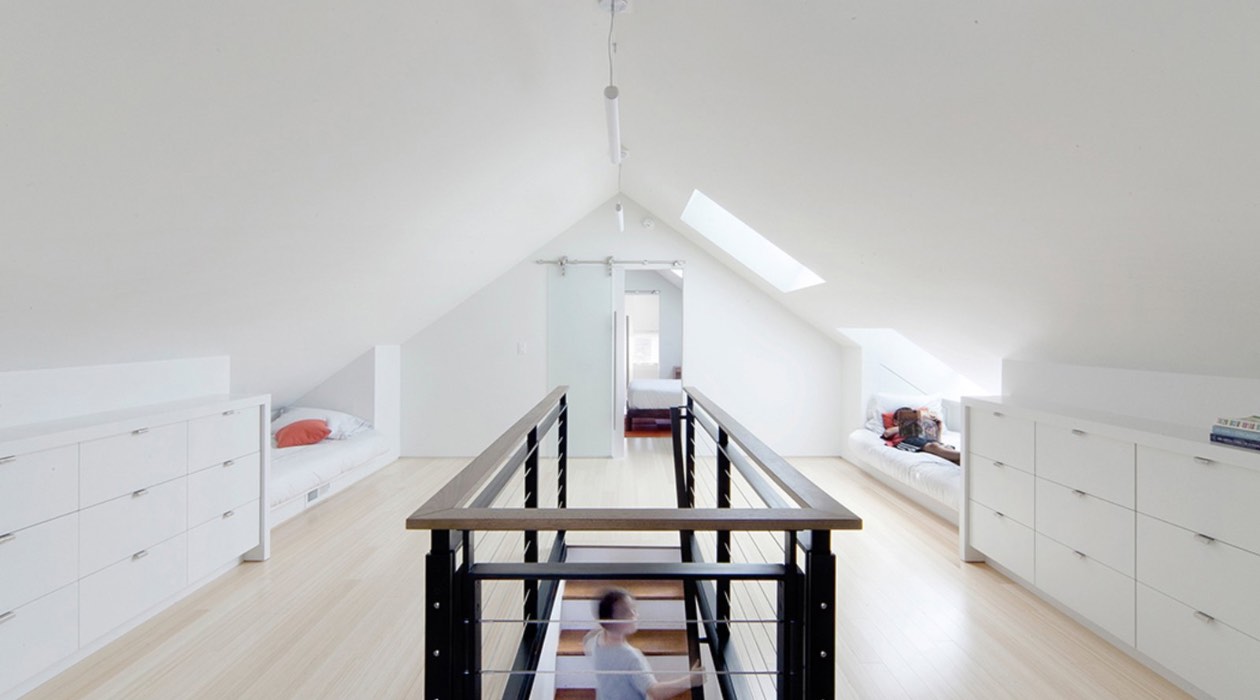
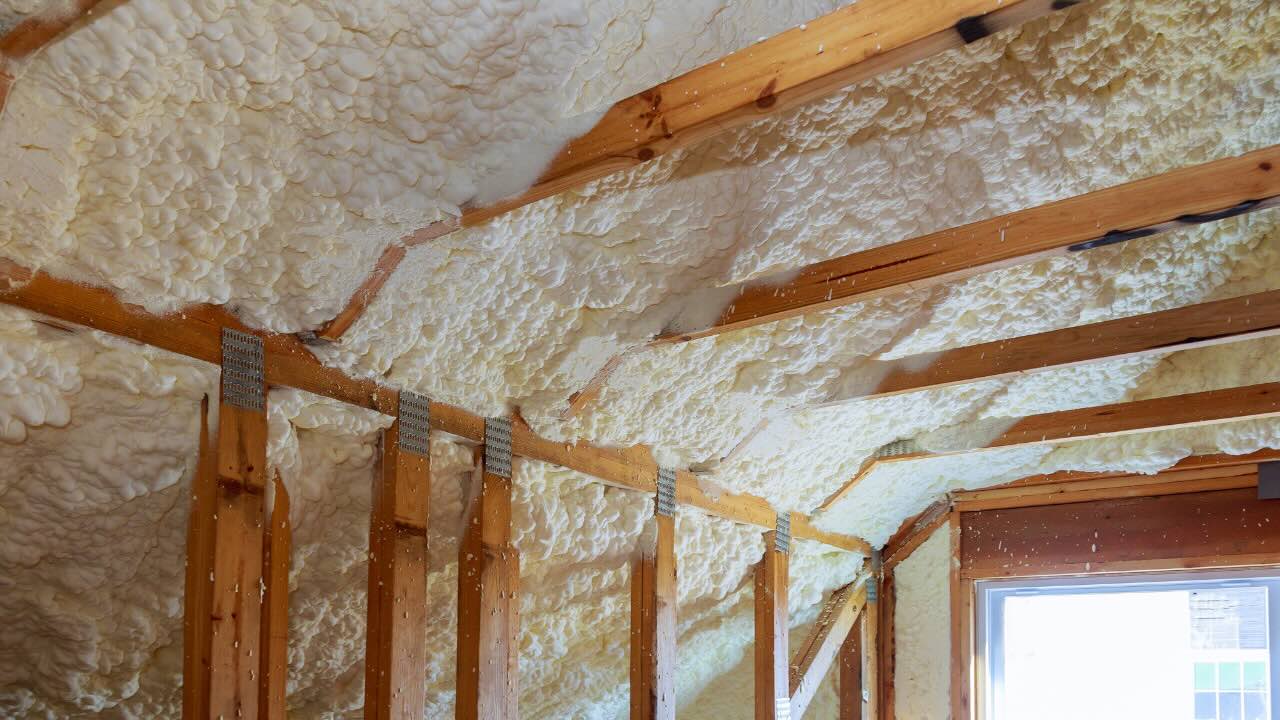
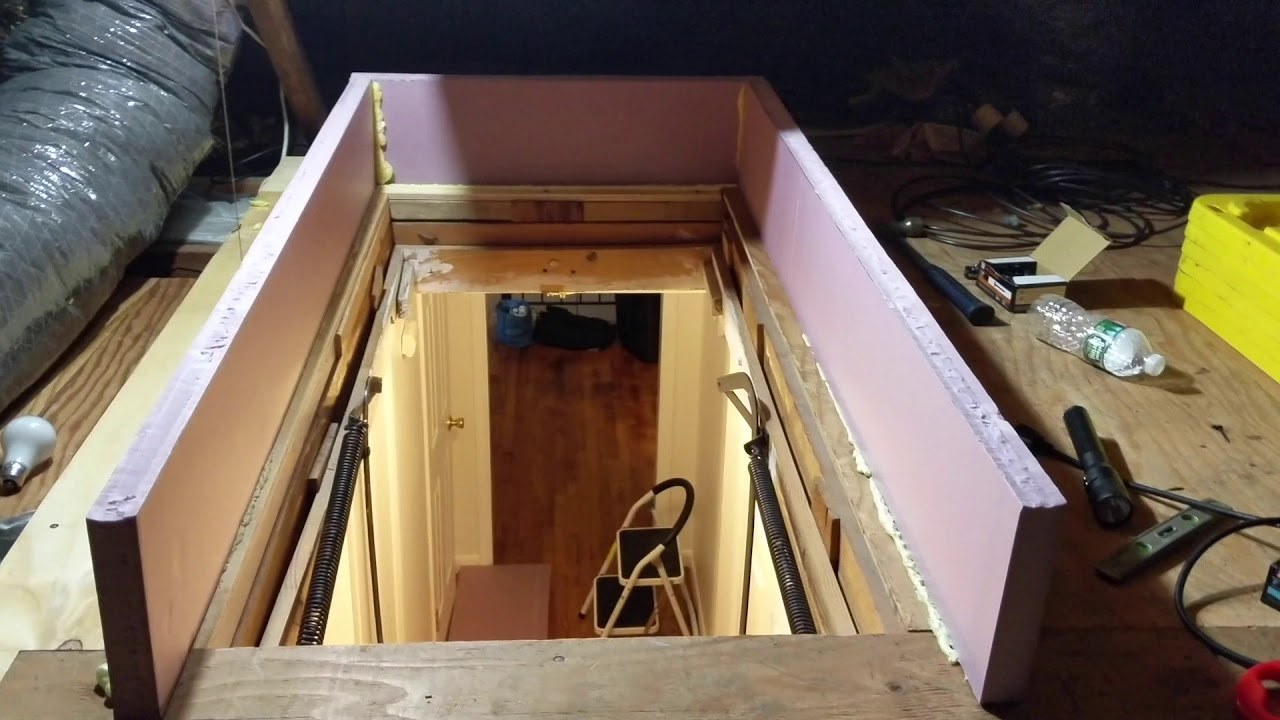
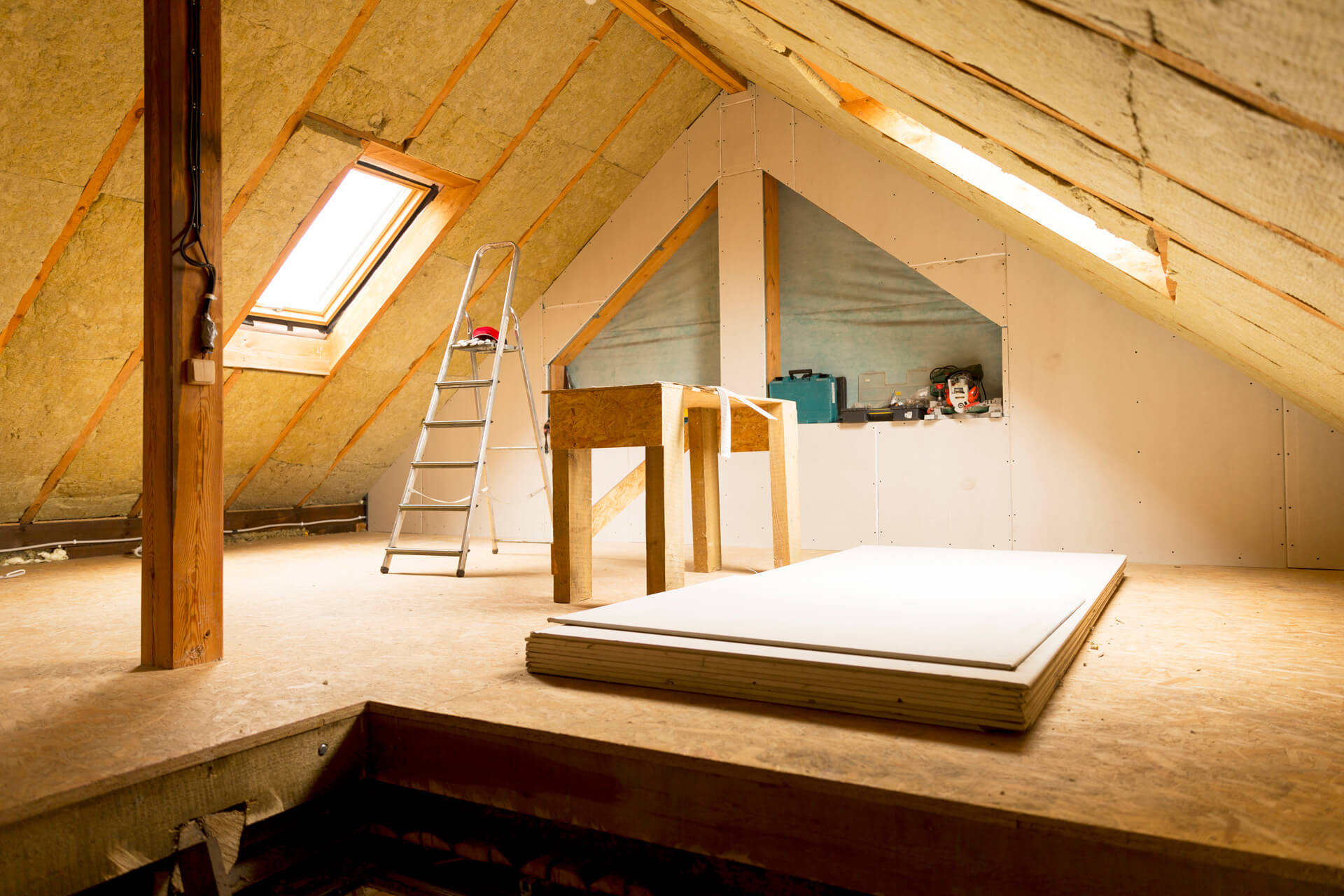
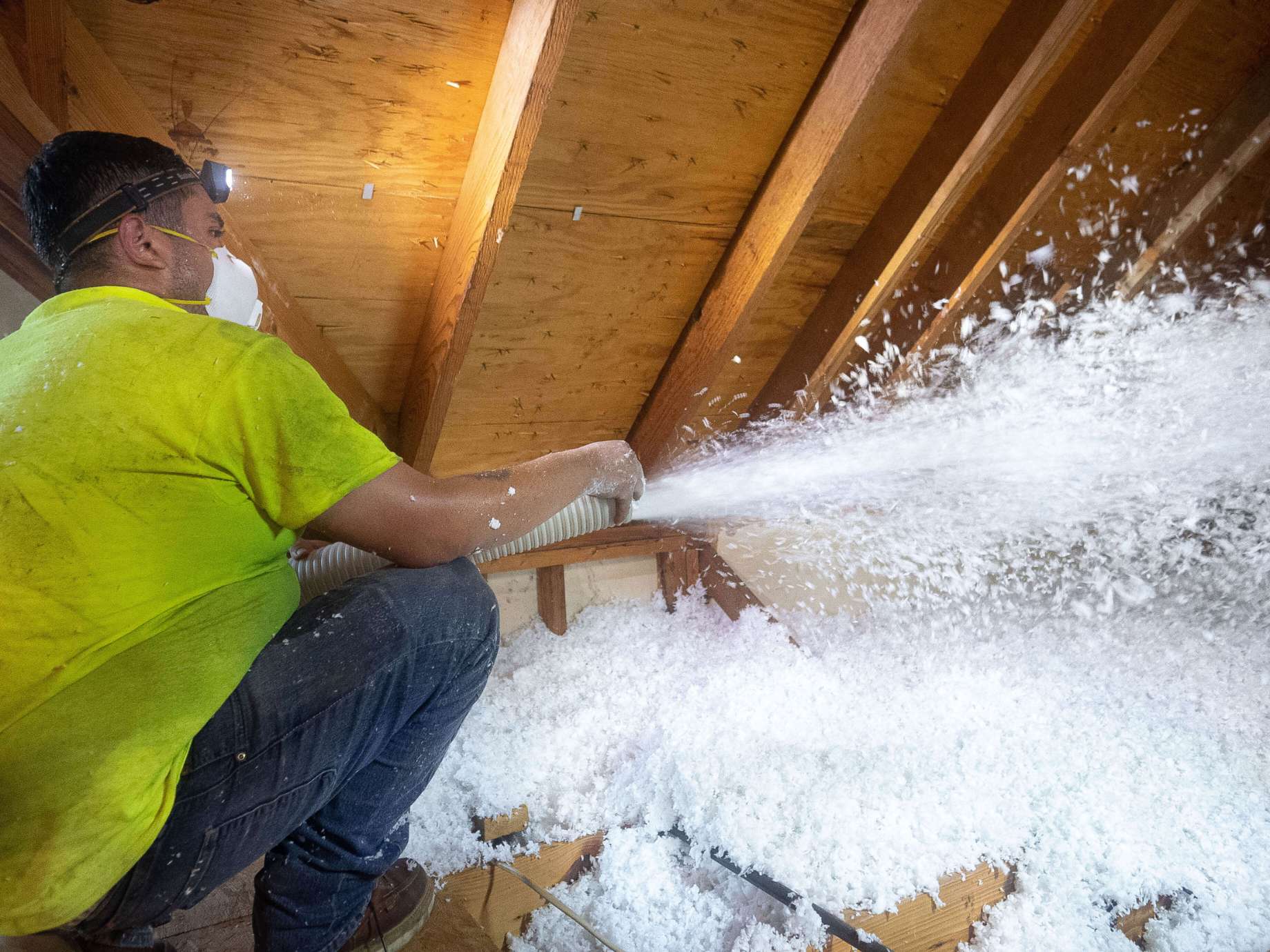
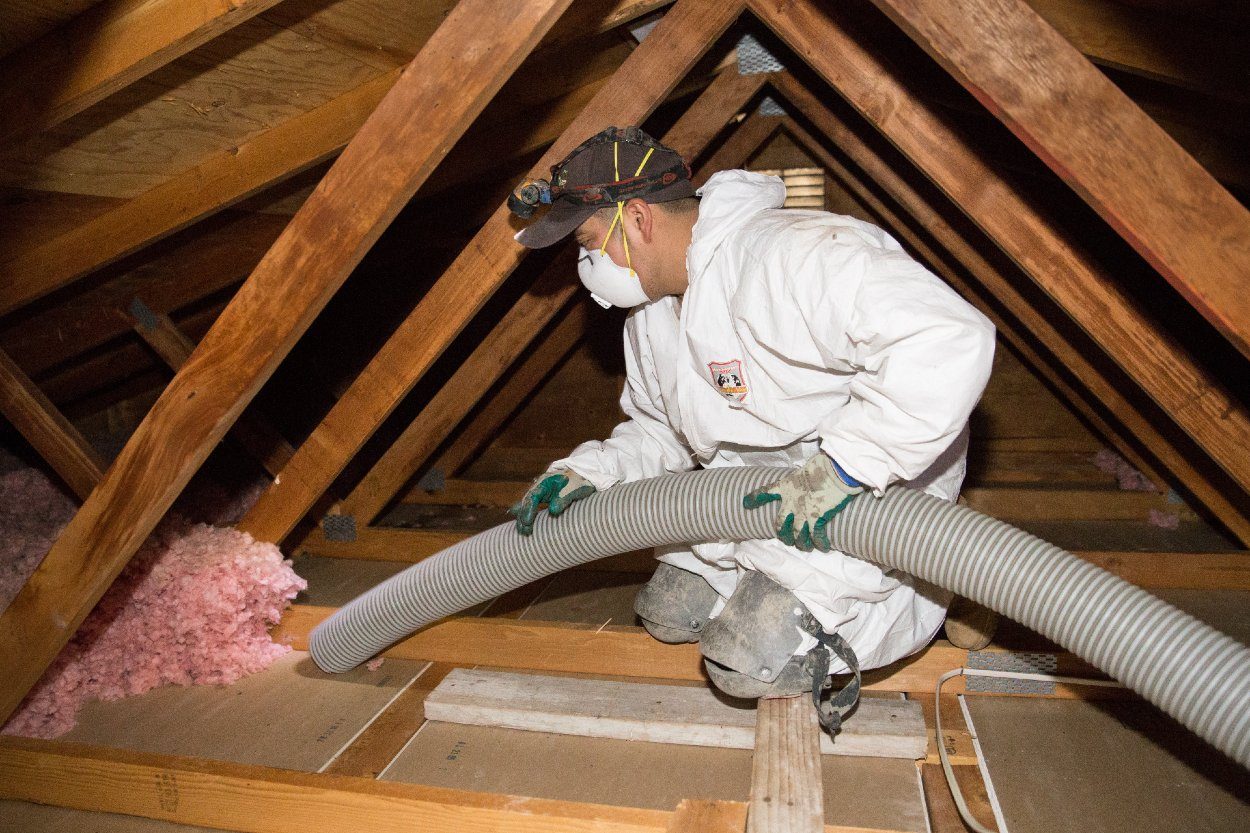
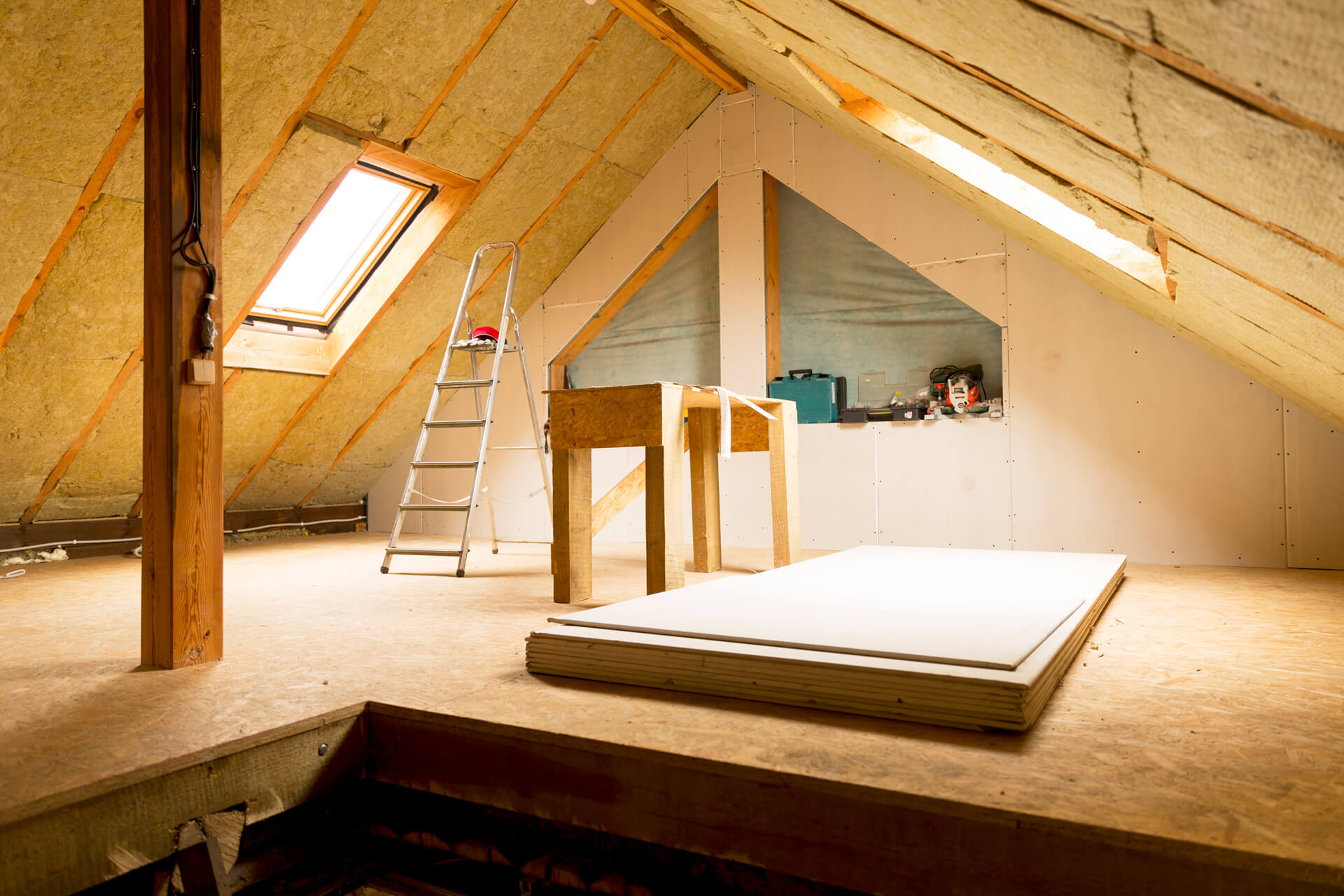
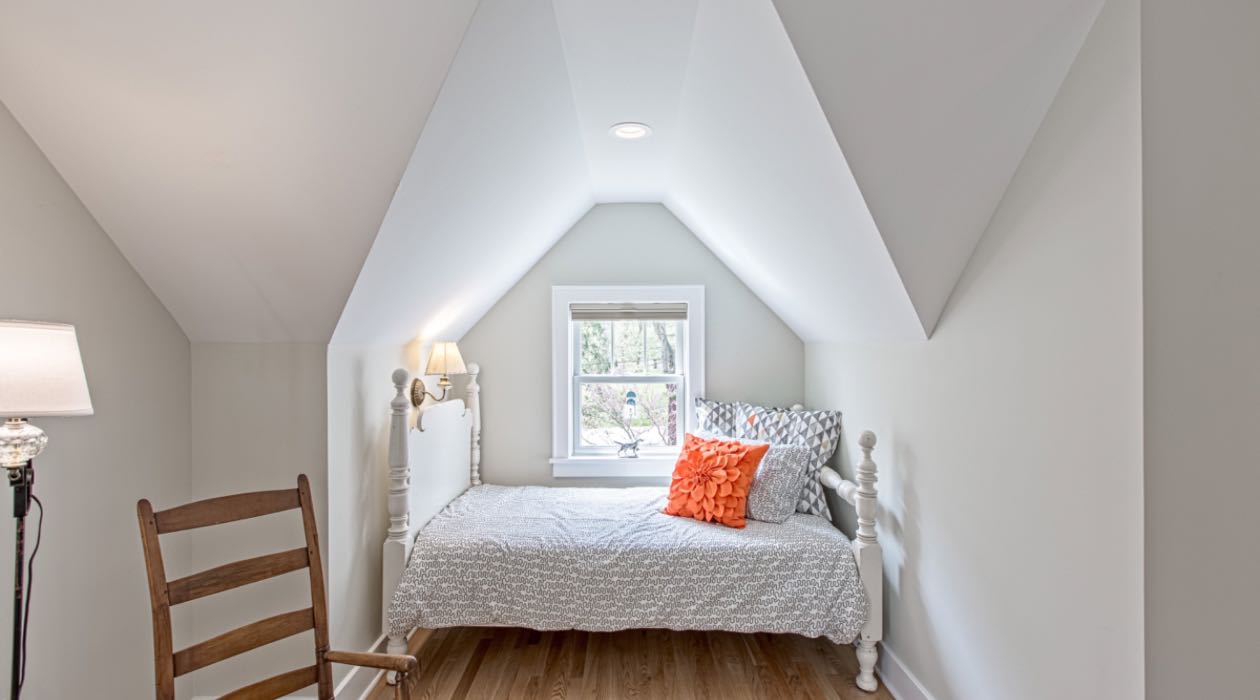
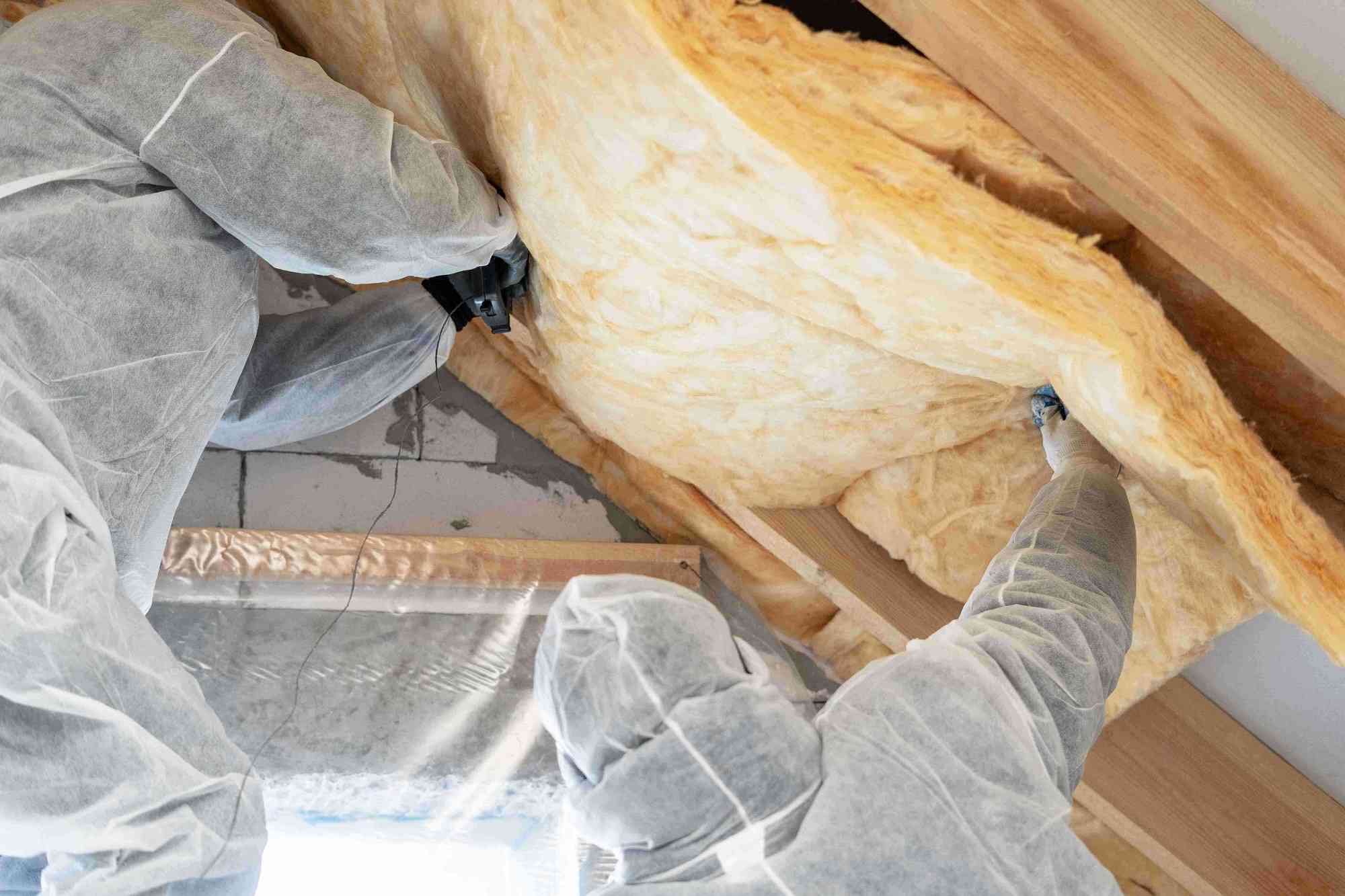
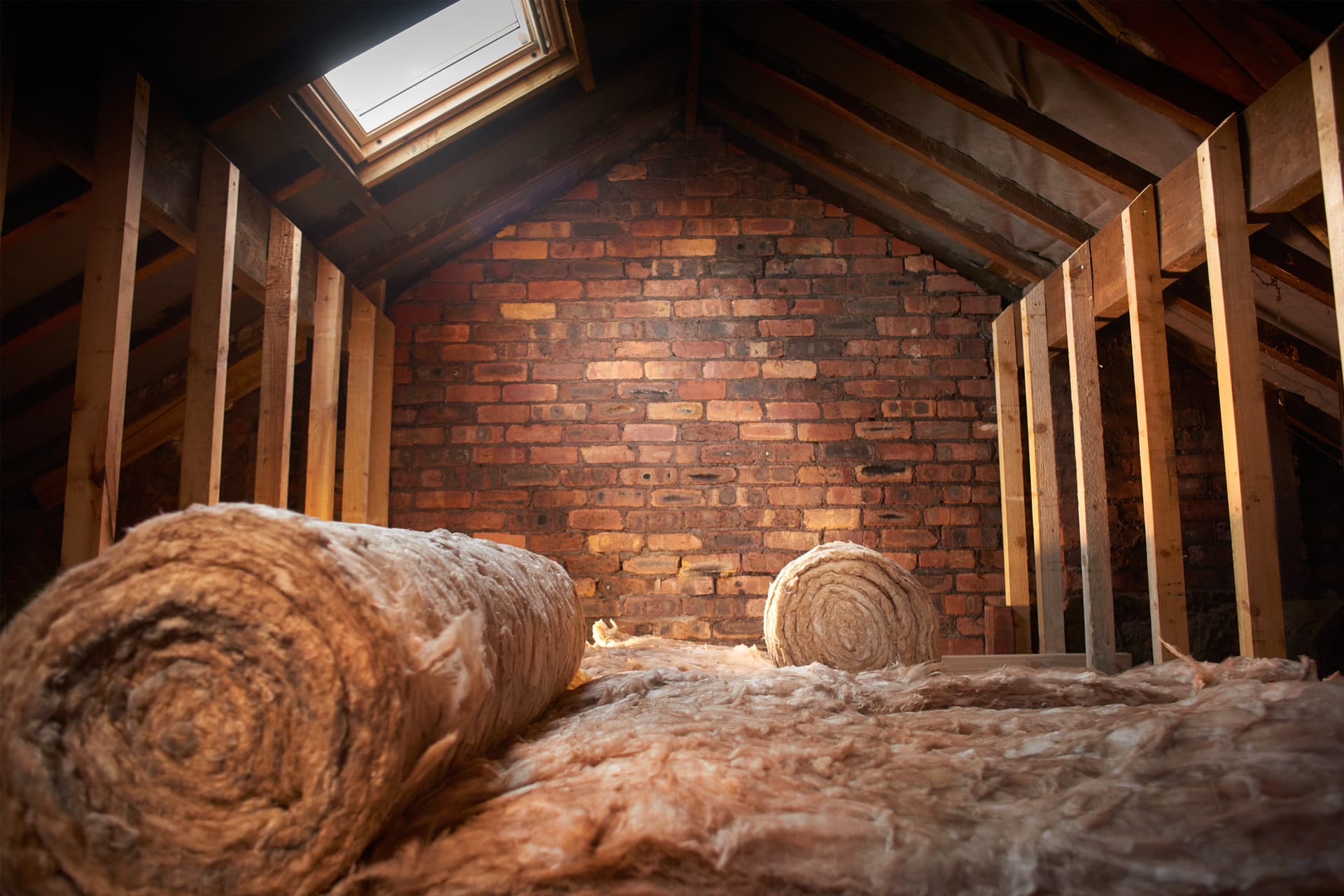
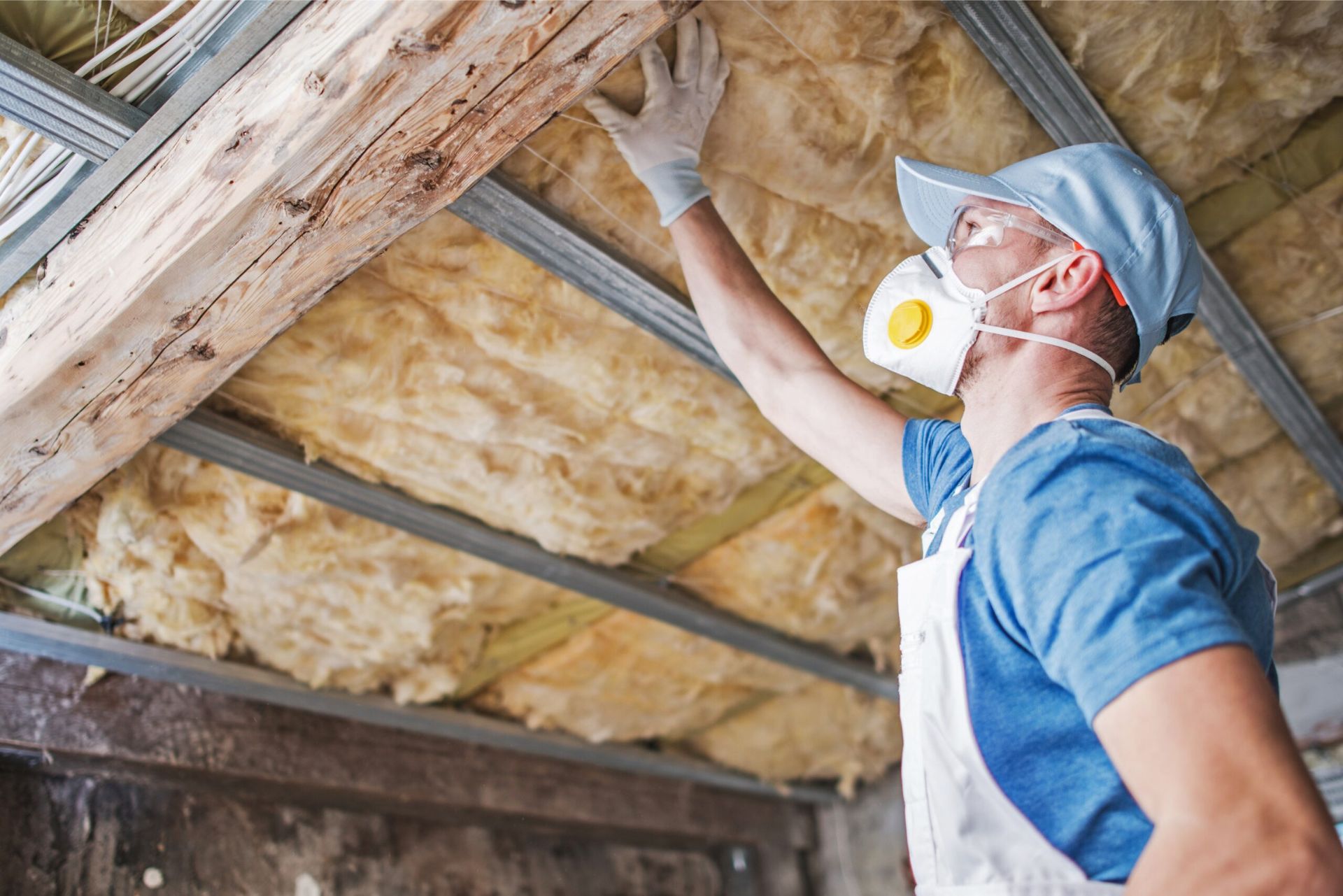
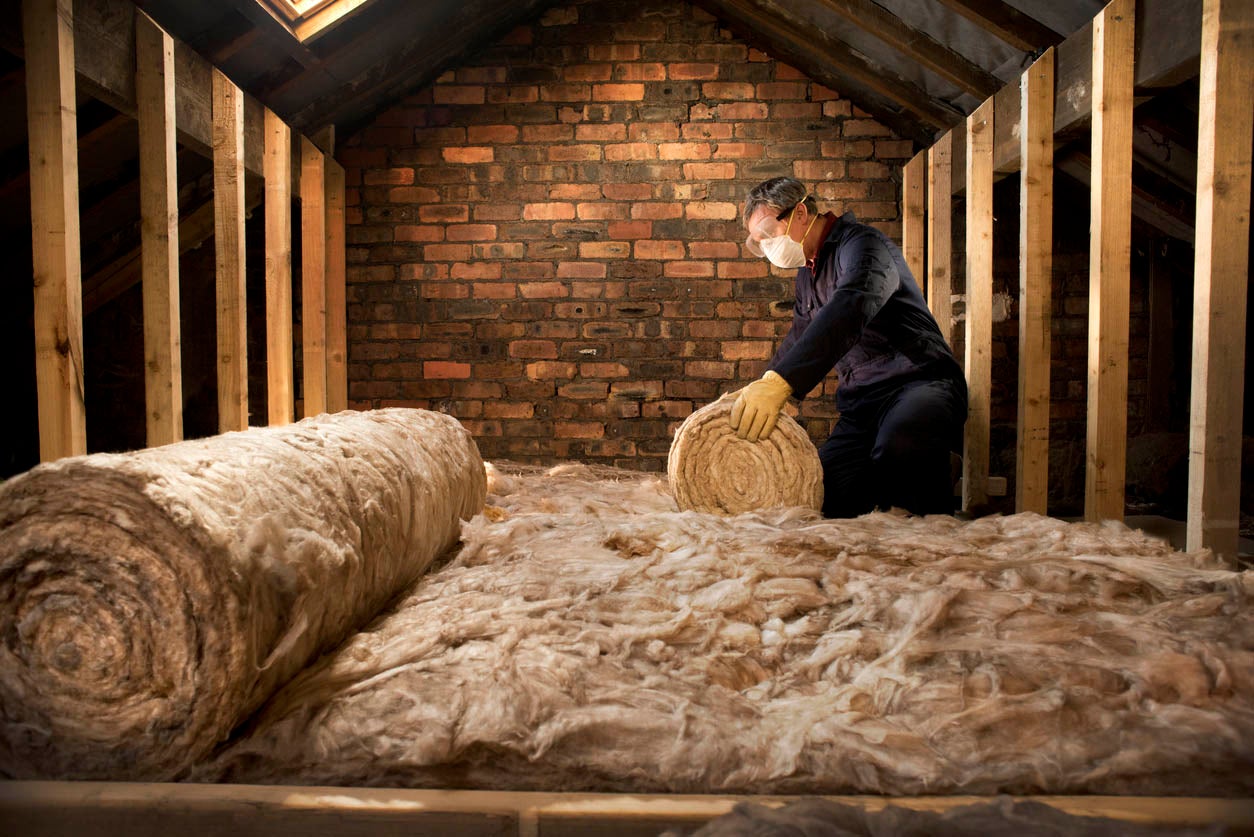

0 thoughts on “How Important Is Attic Insulation”